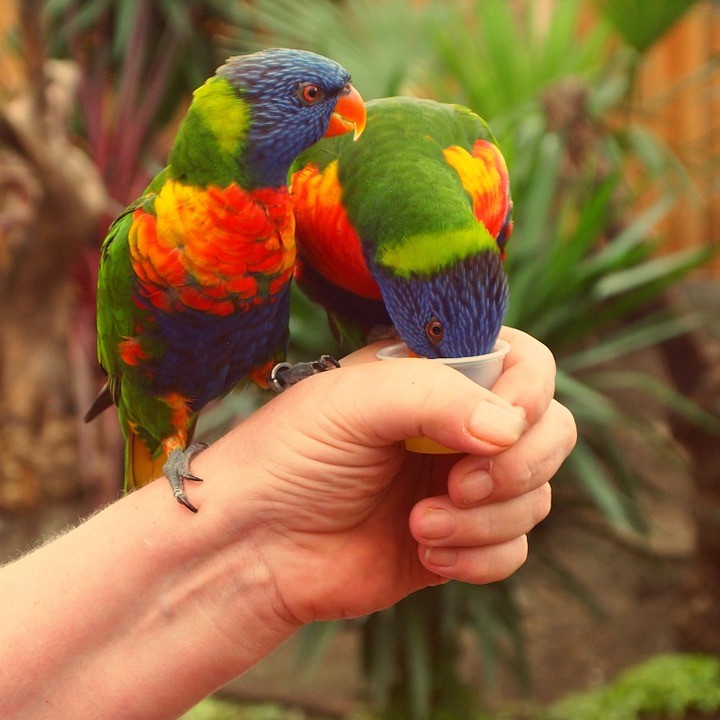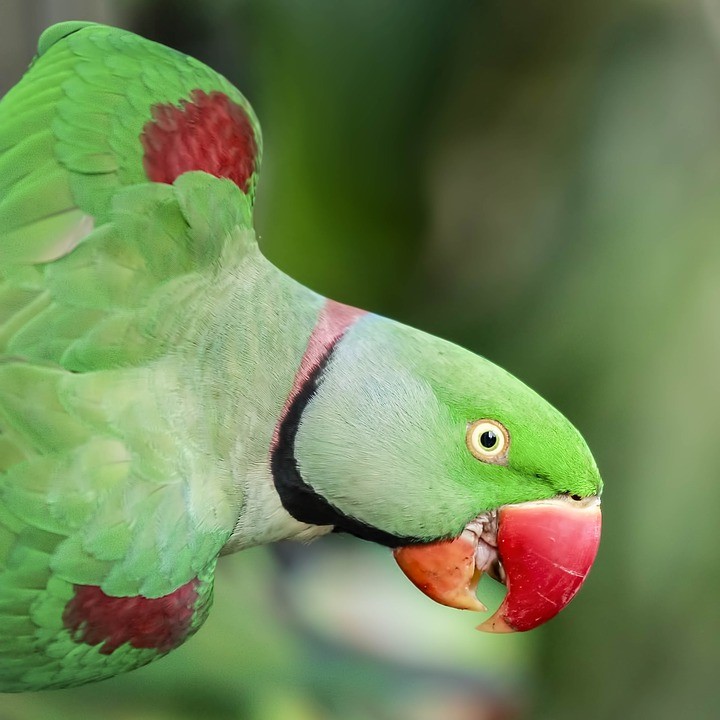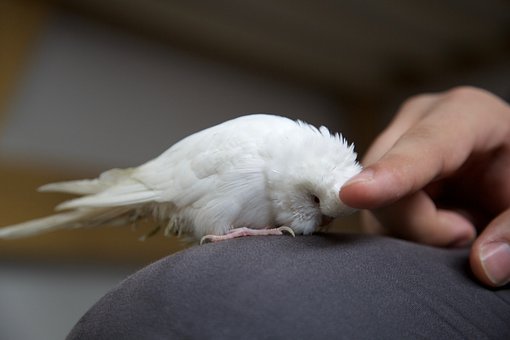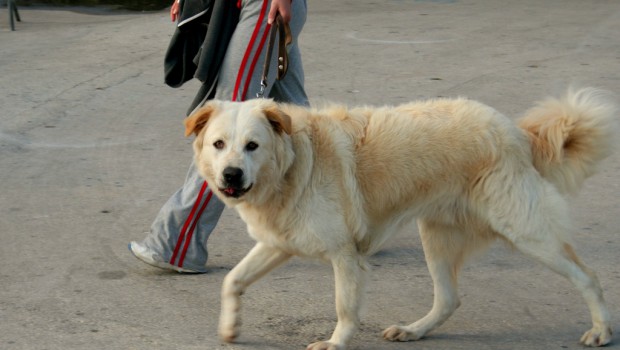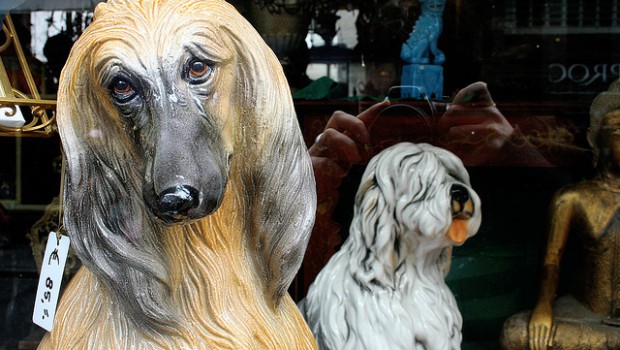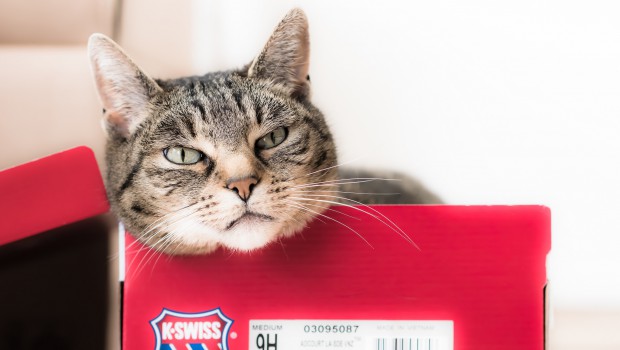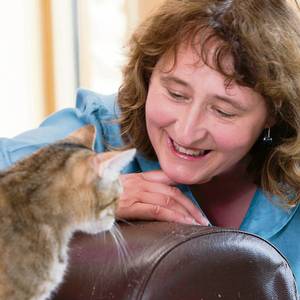You may think fishkeeping is the simplest when it comes to pets, but it isn’t. Successful fishkeeping is about knowledge, technique, and skill.
- Did you know? To successfully maintain a Marine aquarium, You MUST run a Protein Skimmer to remove harmful dissolved organics from your water.
- Did you know? You MUST replace the carbon in your filter every 4-6 weeks. Failure to remove old carbon can result in toxins leeching back into your aquarium, poisoning your fish!
- Did you know? Tap water kills all of the good bacteria that reside in your filter which break down your fish’s waste. To maintain a healthy aquarium, and avoid ammonia and nitrite spikes, only wash your filter media in a bucket of water siphoned from your aquarium.
- Did you know? Using a gravel vacuum is an easy and efficient way to carry out your fortnightly water changes. Not only does it help by removing old, polluted water from your tank, it also helps by removing all the detritus (fish poo!) that is trapped in your gravel.
- Did you know? Aquarium light bulbs lose their growing power over time, long before the bulb actually blows! Ideally, to maintain healthy, rapid plant and coral growth, your bulbs should be changed as follows; WHITE (plant) – Every 12 months. BLUE (coral) – Every 6 months. REPTILE – Every 6 months. METAL HALIDE – Every 12-18 months. COMPACT FLUROS – Every 12 months.
- Did you know? Fish are like people. You can put two people in the same room and they may or may not get along. Although we try our hardest to recommend fish that are compatible, we can’t always guarantee that the fish you choose will get along in your aquarium at home. Just remember, fish have personalities too!!! And just because “your mate did it” doesn’t necessarily mean it will work for you!
- Did you know? Overfeeding is one of the most common causes of “mysterious” fish death in the home aquarium. A lot of the time, the instructions on the back of the packet direct you to feed way too much food for your fish, which can result in bloating and severe water quality issues. To avoid overfeeding you fish and seriously depleting your water quality, feeding should be only one person’s job, and the amount of food given should be limited to an amount that is TOTALLY CONSUMED by your fish in about 30 seconds (even if your fish still look hungry afterwards!). Although a great treat for your fish, Bloodworms are exactly that, a TREAT. To keep your fish healthy and happy, bloodworm should only form part of your fish’s diet.
What do you know about successful fishkeeping? Add your knowledge to the comments below.


